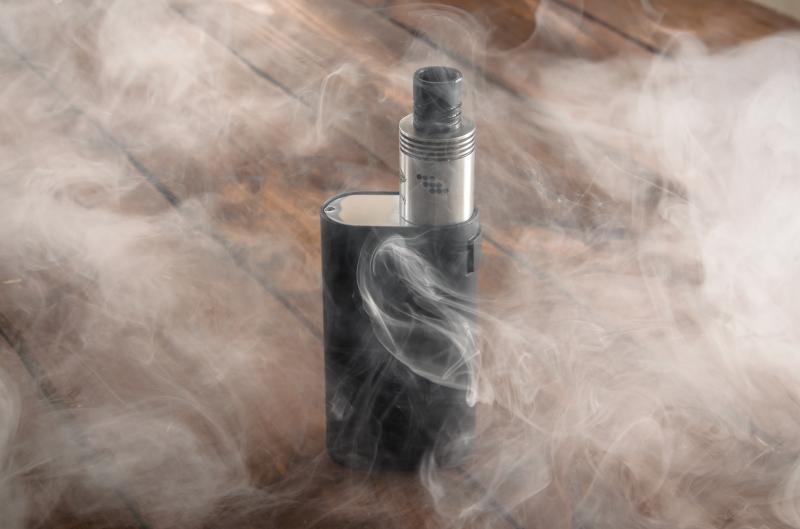 Vaping can help cut rates of smoking, says Reason Foundation think tank
Vaping can help cut rates of smoking, says Reason Foundation think tankHealth symptoms are common among adolescents who use e-cigarettes, and these users commonly attribute their symptoms to the use of the device, according to a new study.
“Among a national sample of US youth, most ever e-cigarette users reported at least one negative health symptom related to their e-cigarette use,” said researchers, noting that the present analysis took place before Juul became widely popular. “Thus, we likely captured youth use of nonpod style devices. Youth using pod style devices may experience additional or other symptoms.”
Of the 975 US youth (aged 13–17 years) surveyed over the phone, 12.4 percent reported ever using e-cigarettes. This yielded an analytic sample of 141 ever-users (mean age, 16.0 years; 39.8 percent female), of whom 37.0 percent reported use in the last 30 days. [Addict Behav 2020;104:106315]
More than half (63.3 percent) of the participants experienced at least one health symptom and attributed it to their use of the device. Each teen reported an average of 1.4 symptoms.
Cough was the most common symptom associated with e-cigarette use, with almost half (42.3 percent) of the participants reporting it. This was followed by dizziness or light-headedness (31.5 percent), headache or migraines (25.4 percent), dry or irritated mouth or throat (14.9 percent), and shortness of breath (13.7 percent).
Other symptoms reported included changes in or loss of taste, nausea, dry eyes, and tightening of the chest.
Participants who had used the device in the past 30 days were significantly more likely to experience headaches or migraines than their no-use counterparts (43.8 percent vs 14.6 percent; p=0.002). The same was true for shortness of breath (33.8 percent vs 9.5 percent; p=0.03) and for using more than one tobacco product in the past 30 days (39.1 percent vs 11.7 percent).
Notably, those with past 30-day use were also significantly more likely to attribute any healthy symptom to e-cigarettes (86.0 percent vs 58.6 percent; p=0.001). These findings were robust to sub-analyses across demography factors.
“As the first national sample of US youth in which physical health symptoms of e-cigarette use were examined, this study highlights the prevalence of health symptoms users self-report from e-cigarette use,” the researchers said.
“These findings can be used to educate health practitioners and school nurses about common symptoms youth may experience, and to develop prevention messages targeting specific health symptoms,” they added.
Future studies should work to develop criteria to help differentiate symptoms that are attributed to e-cigarettes and other tobacco products, and focus on the health consequences of e-cigarette flavours, device type and brands.